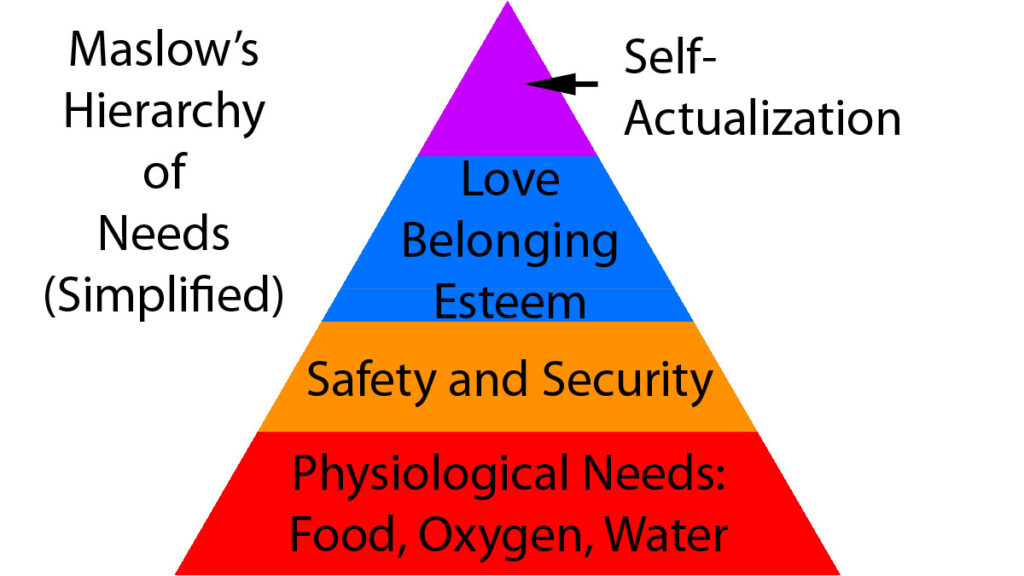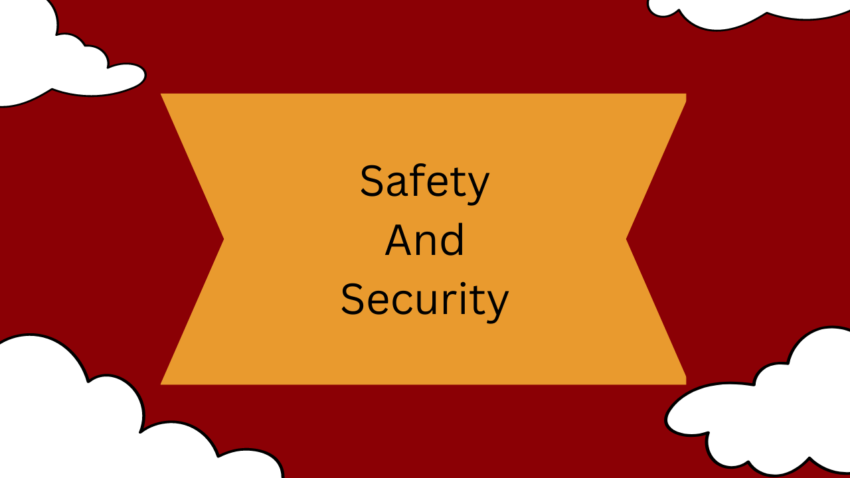The second tier of needs on Maslow’s Hierarchy is Safety and Security. According to Maslow, once we have met our physiological needs (see: DEETS Skils), we must address our sense of safety and security to thrive. Let’s look at how these needs manifest, so we can address them.
What Are Safety and Security?
Safety and Security are interpretations of our lives. They are not discreet facts, and cannot be proven true or false by an outsider. This is because they are subjective, meaning that our perception is the determiner of truth. Security is our perception of whether we are free of injury, illness, or threats. Security is our perception of whether we know what to expect from our day, our environments, and our interactions with others. Because these needs are subjective, we can fact-check our life to see if we are, in fact, safe and secure. If we are safe and secure from an objective standpoint, therapy and skills training may help us adjust our perception. On the other hand, if the situation is truly unsafe or insecure, there are skills we can practice to change the facts of our situation.

Building Mastery to Improve Security
In order to build mastery, we choose a task or skill to practice. By becoming more skilled or talented in this field of actions, we convince our brains that we are “good” at things. This can quickly become a self-fulfilling prophecy if you can make the practice part of your routine, because your body will give you dopamine (see: Happiness) for fulfilling the routine, which makes us more excited and happy to keep practicing. There are many things one can use to build mastery. During the 2020 quarantine for Covid, it seemed like everywhere you looked, people were practicing making bread, cooking interesting food, reading more, or even gardening. All of these exercises were mastery building exercises, whether or not the people doing them knew it. By participating more in their environment, being proactive, and becoming more skilled at a new activity, they were convincing their brains that they were secure, and knew what to expect from their environment.
Activities you can use to build mastery include:
- Cooking
- Penmanship
- Training a pet
- Practicing an instrument
- Solving puzzles
- Playing games
- Journaling
- Writing
Mastery Through Routine
Routine can be one of the most powerful ways we can improve our sense of security. Waking up at a set time, and going to bed at the same time, can each improve our quality of sleep, and reduce our physical symptoms. Eating at the same time every day helps you convince your brain that you will eat at a reasonable time, and that you don’t need to snack or go hungry. You can also add more things to your schedule that will allow you to know what to expect on a weekly basis. This can include a weekly night out, or a weekly date night with your partner, but it could also include a call with family on a particular day of the week.
Evaluating Relationships to Improve Safety
For most people, identifying physical harm or illness are easy ways to evaluate a sense of safety. Unfortunately, not everyone is talented in evaluating their relationships to see if their sense of unsafety is actually coming from the people in their lives. To that end, we can (and should!) ask ourselves questions about the people we interact with every month (or more often). The following questions might help you get started, but there are more questions you might ask.
- Does this person make me feel safe?
- Does this person make me feel unsafe?
- Does this person make me feel judged?
- Does this person make me feel celebrated for being myself?
- Does this person make me feel heard and understood?
Changing Relationships
We will have an entire series of posts spanning months of time which cover all the ways we can build or end relationships. This isn’t the place to go through everything, but I did want to share a few thoughts about ending unsafe relationships.
Firstly, if you find that your situation is acutely unsafe (as in, you’re in imminent danger), reach out to friends, family, and community resources to get yourself out of that situation as soon as you safely can do so. There are many ways to remove the danger from your situation, but few of them include remaining where you are and changing nothing. Abuse that is tolerated will continue.
Secondly, if you find that the danger is not pressing, or that it might improve with action taken on your part, feel free to take steps to reduce the danger. It’s still a good idea to contact local resources so you can ensure your safety in the best ways.
Finally, it’s a massively discouraging statistic that the most likely time to experience violence is in the attempt to leave an unsafe relationship. Check out resources listed below for more information about how you can leave a relationship in safer ways.
External Resources
Here are some resources which answer common questions or offer general support to those who are not safe in their current living situation. When in doubt, I encourage you to call one or more of these resources to explore your options, because every relationship is unique.
Why Do Victims Stay? — Information on abuse victims, and why abuse continues over time.
The National Domestic Violence Hotline — A website offering direct support, with an easy-escape option. If you need to hide the window, just hit escape twice to close it.
WikiHow — Expert advice for leaving an abusive relationship, with step-by-step instruction.

